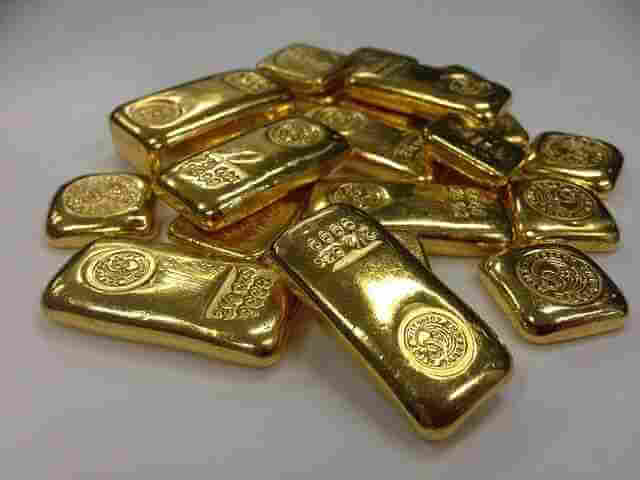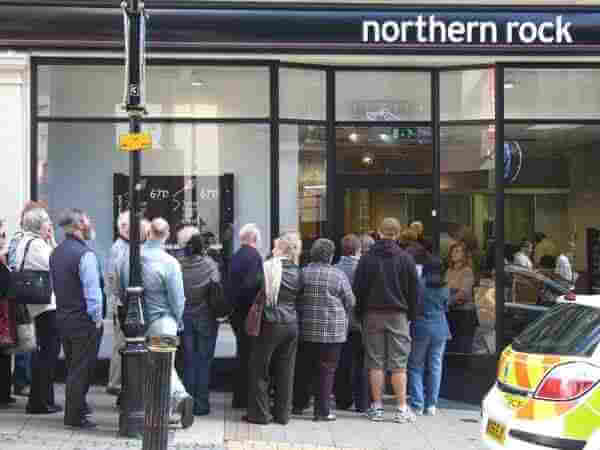Blog
Price of Gold Analysis – Past 20 Years
The price of gold
The price of gold is calculated as spot prices per troy ounce. Spot prices are live prices of commodities at a particular point in time. Needless to say, they fluctuate all the time, responding to different market forces. They do not necessarily respond only to market forces and investor sentiment. The spot price of gold is extremely sensitive to geopolitical pressures, political climate, international current affairs and macroeconomic forces. Money is known to run away from where there are fears. Similarly, investors often invest in gold to hedge against risks in the international capital markets.
Prices of gold – 1998 to 2008
In 1998, the price of gold closed at $288.70 per ounce. There was political upheaval at the time in America, with the impeachment of President Clinton. The current spot price of gold stands at around $1,328.3. This means that gold prices have gone up almost 5 times in the last 20 years. When we look carefully at those price charts, we can see that the big jumps are in 2002 (23.96% increase), up to $342.75. The following year, 2003 again saw prices going up to $417.25 (21.74% increase). With prices steady over the next couple of years, the next big hike came in 2005 (17.77%), as the price went up to $513. Gold went on a rally from here for the next two years, and 2006 and 2007 saw gold prices skyrocket to $635.70 and $836.50 respectively. So, at this point in time, gold was up by almost 3 times, within a ten year period.
How exposed are your finances to a market downturn? Take our FREE test here to find out


Before we move on, let’s try to understand what the drivers of these prices were at the time. By digging deeper we find that there was a global recession in the early 2000s, which contributed to the exodus of investors from other investment classes, to the safe haven of gold. In the US, the NASDAQ crashed, signalling the end of the dot-com bubble. The NASDAQ peaked on March 10, 2000, and right at that peak, several big high-tech companies placed sell orders on their stocks, triggering a panic response. The fundamentals of the US stock markets at the time were not robust enough to take the hit and the SEC had not put in place checks and balances to contain large-scale damage. As we have previously discussed, investors simply sold their stocks and ended up buying gold in order to hedge against the volatility in the markets.
The impact of 09/11
The following year, 2001 was a fateful year for the US economy. 

These events created terror in the heart of investors and the period following the attacks saw the US dollar weakening, rise of government spending, fear of further terrorist attacks in the markets, as well as changes to the government’s fiscal and monetary policies. Government debt in the US skyrocketed during this period, as the country spent huge amounts to beef up homeland security and entered into expensive wars against Afghanistan and Iraq. At the end of that period, the US government debt stood at a staggering $14 trillion by 2011, further weakening the dollar. As a result, there was a huge exit of institutional, high net-worth and retail investors from the stocks and bond markets, as they all turned to gold for safety. The price of gold bullion shot up instantly, and so it was that from a spot price of $285 per troy ounce on September 11, 2001, prices reached $1,820 per ounce on September 11, 2011.


The 2008 financial crisis and its impact on the next ten years
More bad news appeared on the horizon in 2008 as the US sub-prime mortgage crisis erupted, dragging in investors across Europe and the Americas. As the repackaged junk bonds failed to pay out, entire banks fell across the western world, including Lehman Brothers and Northern Rock. Yet again, investors turned to gold in order to insulate their investments against market uncertainty.
By 2012, gold prices had climbed to $1,664 per ounce, and investors who had moved to gold earlier on were enjoying good returns. However, the prices of gold fell by 28% in 2013 to $1204.50 per ounce while it should have continued to rise. During this period, other asset classes like real estate and equities rose quickly at double-digit rates. Although inflation was up, and typically gold is used as a hedge against inflation, gold prices continued to fall and there could be two interpretations for this phenomenon. The resurgence in real estate and equities saw some investors going back to these asset classes and pulling out of gold.
The other rationale could be that the paper gold market and Exchange Traded Funds (ETFs) continued to grow in leaps and bounds. In fact, the paper gold market is 92 times bigger than the physical gold market but does not translate into real purchases of gold. Each investor believes that the certificate he/she holds is backed by that many ounces of gold held by the issuer. However, the reality is that 92 other people have also been sold that same ounce of gold. So, while paper ETFs are on the rise, it does not translate into the same volume of gold demand. The current price of gold is $1,324 per ounce and once again, as the storm clouds of uncertainty loom ahead, investors are turning to gold.
Call us to discuss the right time for you to invest in gold
Our team of investment experts are best placed to discuss price trends in the gold market with you in accordance with your investment goals. Call us on 020 7060 9992 or get in touch online to talk to us.
Image credit: Wikimedia Commons, Wikimedia Commons



